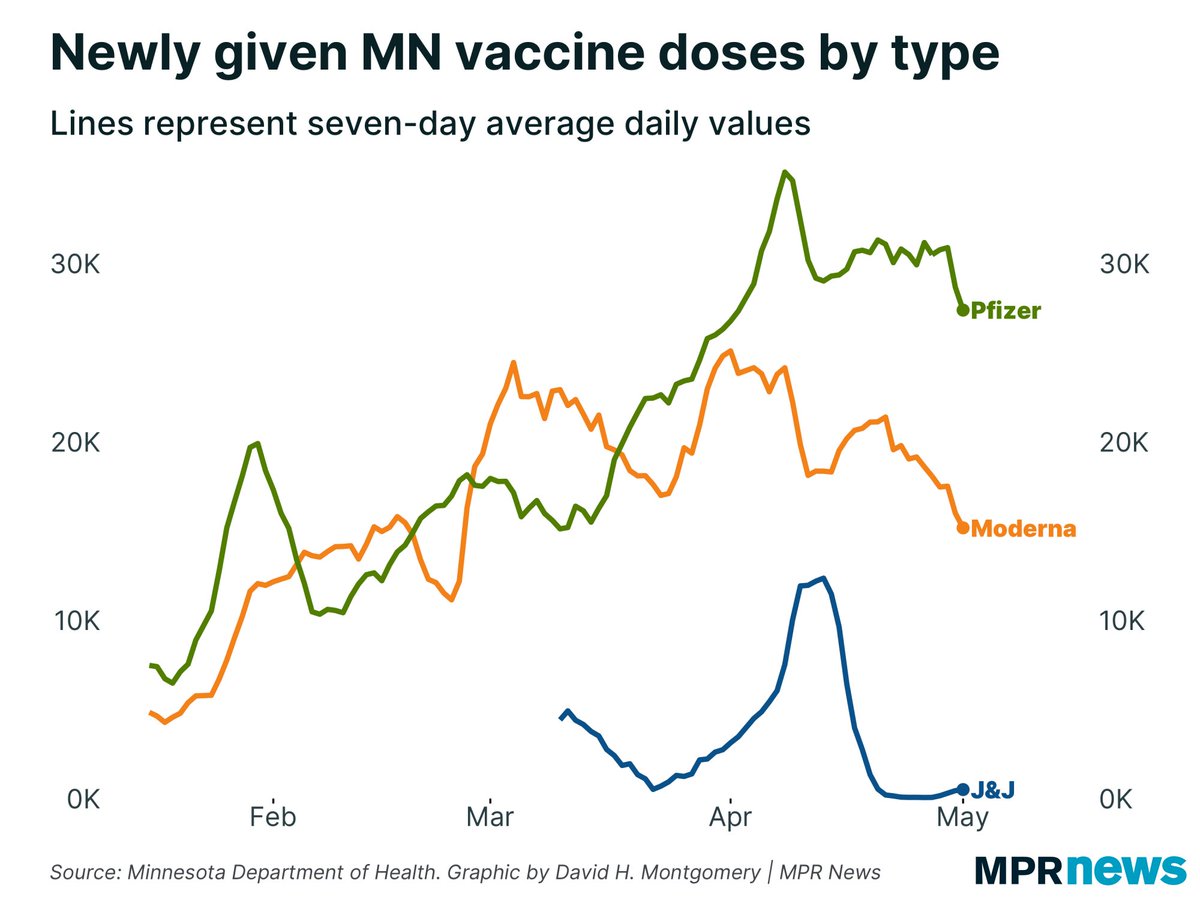
19th Century Congressmen who were accused of scandal but felt they had done nothing wrong would not uncommonly resign, go back to their districts, run in the special election to replace themselves, win, and come back to Congress with a new popular mandate.
https://twitter.com/deenafaywinter/status/1416782667329196034
For example, in 1856, Rep. Preston Brooks infamously beat Sen. Charles Sumner on the Senate with a cane while Rep. Laurence Keitt held back onlookers. In the ensuing uproar, both men resigned, went back home, and were promptly reelected.
"A motion for Brooks' expulsion from the House failed, but he resigned on July 15 in order to permit his constituents to ratify or condemn his conduct via a special election... They approved; Brooks was quickly returned to office after the August 1 vote…"
"Keitt was censured by the House. He resigned in protest, but his constituents ratified his conduct by overwhelmingly reelecting him to his seat within a month."
• • •
Missing some Tweet in this thread? You can try to
force a refresh











